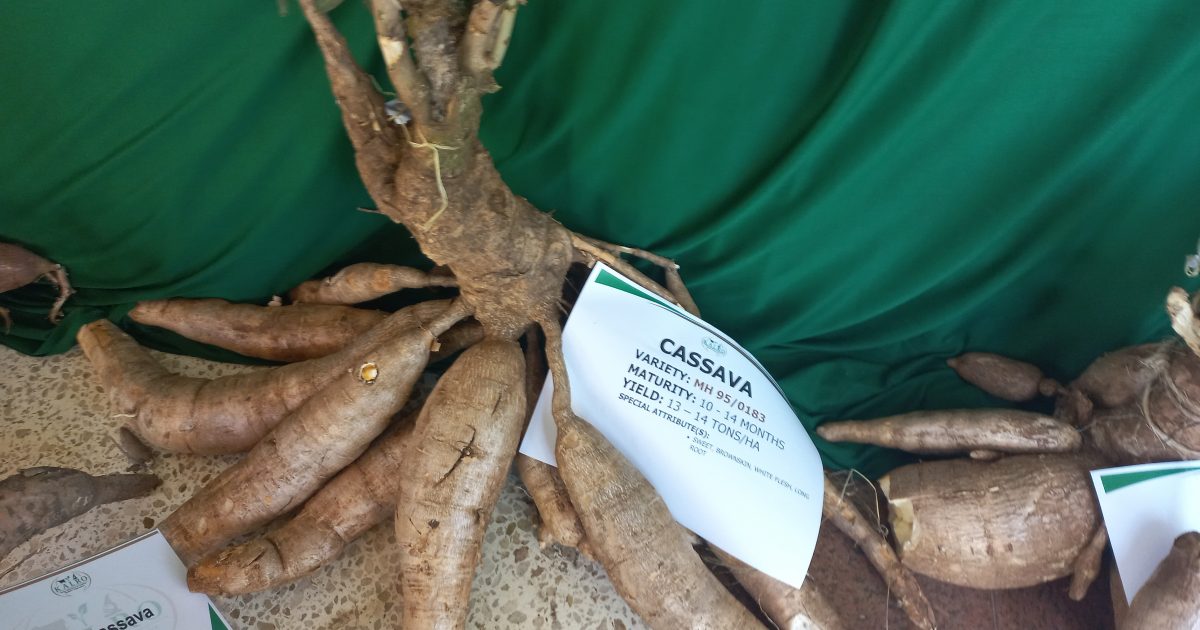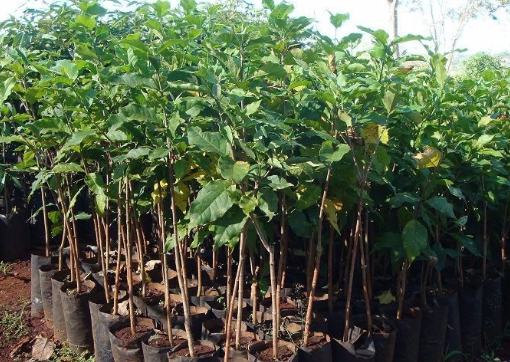Farmers in the country will benefit from clean planting materials to enhance agricultural productivity and farm incomes, thanks to the establishment of a Ksh 260 million (USD 2 million) laboratory facility designed to expedite the testing and release of new varieties.
The processing of new planting materials under the state-of-the-art facility is expected to take less than five years compared to between 10 years and 13 years under conventional procedures.
Kenya Plant Health Inspectorate Service (KEPHIS) Managing Director Prof. Theophilus Mutui said partnering with the International Potato Centre (CIP) and the International Institute of Tropical Agriculture (IITA) the new lab will be launched in the next two weeks.
“The Roots, Tubers and Bananas-East Africa Germplasm Exchange Laboratory (RTB-EAGEL) aims at revolutionizing of roots, tubers and bananas agricultural practices in East Africa to preserve and enhance genetic diversity of crops essential for food security and sustainable agricultural development
Prof Mutui added that the laboratory will enable the exchange of RTB germplasm-sweet potato, potato, cassava, yams and bananas between CGIAR breeding programmes and regional national agricultural research and extension systems (NARES) partners for evaluation.
“This lab will enhance our capacity and collaboration with partners to be able to enhance the capacity to do tissue culture leading to faster multiplication of the planting materials and cleaning”, he said .
He noted that the three main interventions being targeted through the EAGEL lab to contribute to increased productivity is expedite the testing and release of new varieties in different countries, managing pests and disease as well as providing nucleus quality seed to the seed system.
“This Lab will be offering services such as receiving Germplasm from breeding programs, internationally accredited diagnostics, pathogen elimination, genotyping and also regional distribution.
The DG appreciated the support from the Kenyan government and the sponsor GIZ for extending a donation for the construction of the RTB-EAGEL lab under the Crops to End Hunger (CtEH) program.
“KEPHIS is willing and will support the project. The brand-new lab with new equipment will not only enhance our capacity both the infrastructure and equipment but also will see training of personnel to be able to execute their mandate”, Prof Mutui said.
Dr. Morag Ferguson from IITA and the project manager said the lab main aim will be facilitate the movement of roots, tubers and bananas, which can carry pests and diseases in their planting material and facilitate the movement of that regionally to different countries, different programs equivalent to KALRO in the region, Sub-Saharan Africa and through this enable breeders to breed better in terms of getting new varieties out to farmers quicker than they normally do.

“More often than not, there are big bottlenecks in terms of moving new varieties from where they are bred out to other countries. We want to facilitate this and make it happen much more quickly, how fast the farmers are going to receive the materials”, she said.
Dr. Morag explained that what they actually want to do is give the National Agricultural Research Servicers (NARS) a greater range of really unfinished varieties that they can select in their own countries with their own people under their own conditions and then multiply those up and get them to farmers quickly.
Elly Otieno, a scientist from the CIP said the demand for Root Tuber crops and bananas is currently growing so much because it is a high calorie crop and the need for the crop is also quite high.
Looking at the future and effects of climate change and even challenges of poverty, he said that the tuber crops will be able to address some of the problems and improve food security and nutrition.
He noted that the biggest challenge the country has been grappling with is the issue of seeds considering how they are vegetatively propagated and therefore becoming easy to transfer diseases and also the challenge of cleaning for farmers to get clean materials.
“Through this project, we will try and achieve in terms of doing faster cleaning of these materials and making it available to the farmers in a state that they can easily get good quality production” Otieno said
Data , he added, has also been a problem and what the project will be doing is having a centralized database where all the germplasm that has been developed by the various breeders can be accessed by another breeder even from another country in case they require the material .
“Many breeders are working on different trades. Some are working on a drought tolerant crop, some are disease resistant, some are working on a nutrition crop. So once you have all these available, then there’s a database where if a breeder in another country wants probably a germplasm with a certain traits like drought tolerant, then they can easily go to the project database and get this information and actually make a request of that Germplasm go and use it to improve the crop that they have in their own country”, Otieno said.
Otieno confirmed that in terms of production of tuber crops Kenya is not at per and gave an example of the potato which currently production is at between six and 10 tons per hectare far much below that the potential of over 30 tons per hectare which can now be gotten easily.
The laboratory will be stationed at the KEPHIS Plant Quarantine and Biosecurity Station at Muguga as a centre of excellence. Normally on average, KEPHIS tissue culture lab handles 11,000 to 12,000 samples a year for diagnostic purposes.
By Wangari Ndirangu





